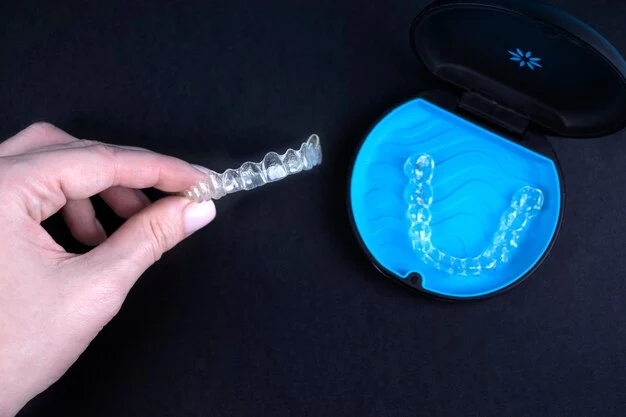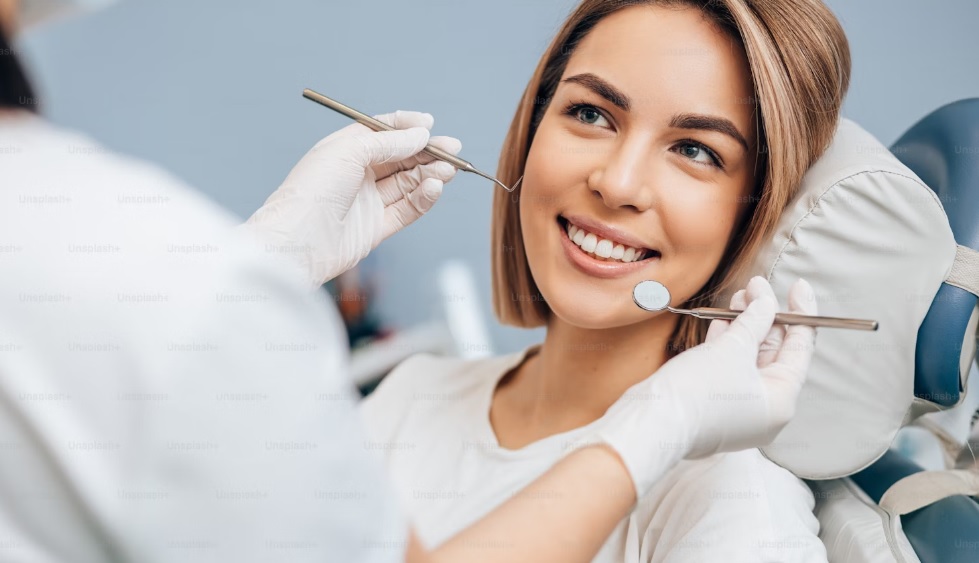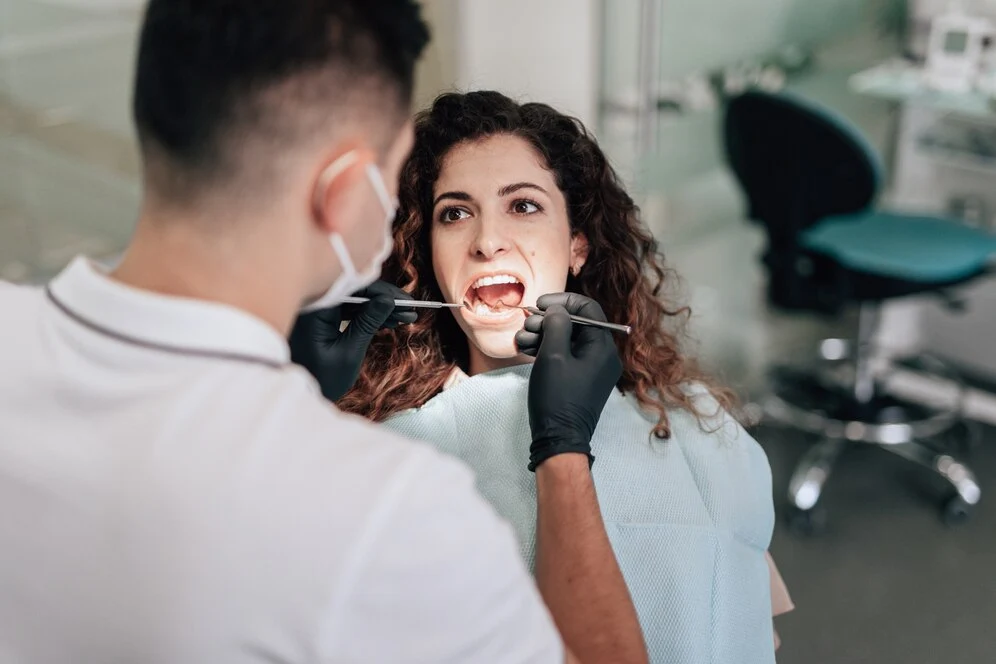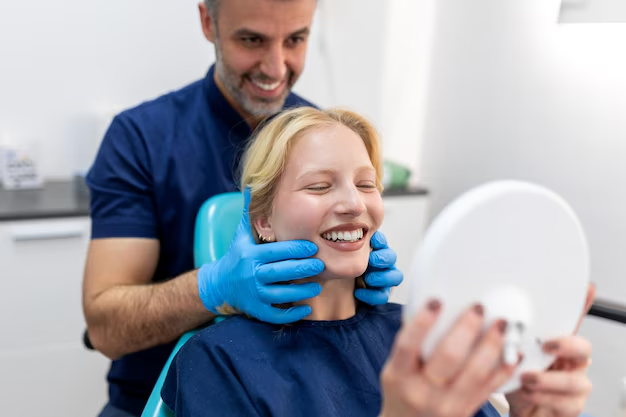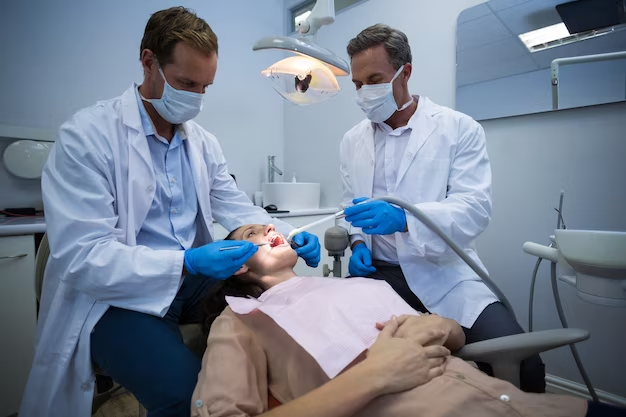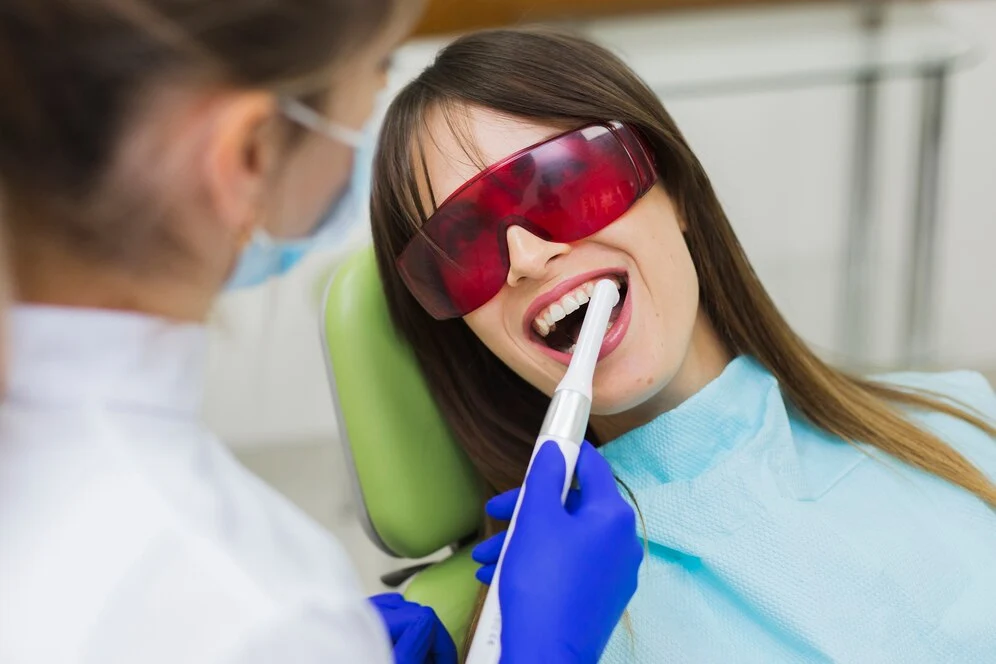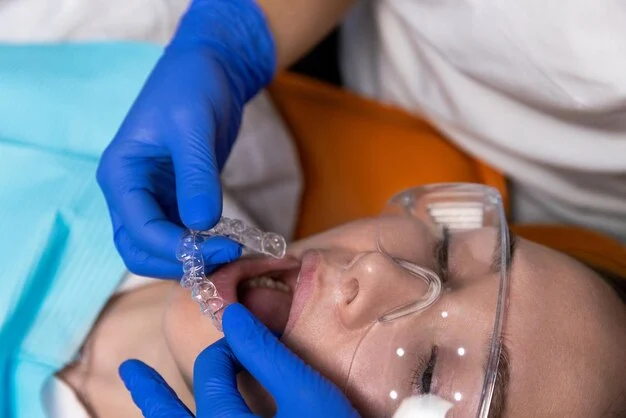Invisalign offers a discreet and effective solution for straightening teeth, but understanding the costs involved is essential for informed decision-making. This blog explores various factors influencing How expensive is Invisalign, including the severity of misalignment, treatment duration, location, and provider fees. It compares the costs of Invisalign versus traditional braces, examines financing options, and provides practical tips for affording treatment. By delving into these aspects, individuals can gain insights into the value of Invisalign and make informed decisions about their orthodontic care.
Overview of Invisalign
Invisalign is a modern orthodontic treatment that utilizes clear aligners to straighten teeth and correct bite issues. Unlike traditional braces, which use metal wires and brackets, Invisalign aligners are made of smooth, transparent plastic that fits snugly over the teeth. The treatment process begins with a consultation with an orthodontist who assesses the patient’s dental needs and determines if Invisalign is suitable for them. Using advanced 3D imaging technology, the orthodontist creates a customized treatment plan that maps out the movement of the patient’s teeth throughout treatment.
Each set of aligners is worn for about two weeks, gradually shifting the teeth into their desired position. Regular check-ups with the orthodontist ensure that the treatment progresses smoothly and that any necessary adjustments are made along the way. Invisalign is known for its discreet appearance and comfortable fit, making it a popular choice for both adults and teenagers who want to straighten their teeth without the visibility of traditional braces.
Introduction to Its Benefits and Advantages
The benefits of Invisalign extend beyond its discreet appearance. One of the primary advantages of Invisalign is its removable nature. Unlike traditional braces, which are permanently fixed to the teeth, Invisalign aligners can be easily removed for eating, drinking, brushing, and flossing. This means that patients can maintain their oral hygiene routine without any special tools or techniques. The ability to remove the aligners allows for greater flexibility in terms of diet and lifestyle.
Patients can enjoy their favorite foods without worrying about damage to their orthodontic appliances. Invisalign aligners are also more comfortable to wear compared to traditional braces, as they lack sharp metal wires and brackets that can irritate the gums and cheeks. Furthermore, Invisalign treatment typically requires fewer visits to the orthodontist for adjustments, saving patients time and reducing inconvenience. Overall, the benefits and advantages of Invisalign make it an attractive option for individuals seeking orthodontic treatment with minimal disruption to their daily lives.
Factors Influencing on How expensive is Invisalign
How expensive is Invisalign can vary based on several factors, which potential patients should consider before beginning treatment.
Severity of Misalignment
The extent of misalignment or orthodontic issues greatly influences the overall cost of Invisalign treatment. Cases requiring significant teeth movement or correction of complex bite problems may incur higher expenses due to the additional aligners and treatment time required to achieve desired results. Severe misalignments typically necessitate more extensive treatment plans, contributing to higher overall costs.
Treatment Duration
The duration of Invisalign treatment directly impacts How expensive is Invisalign. Longer treatment periods, which are often necessary for more severe misalignments, can result in increased expenses. Each set of aligners is worn for a specified period, usually about two weeks, before progressing to the next set. Prolonged treatment duration may involve more aligner sets, additional appointments, and adjustments, all of which contribute to higher overall costs.

Geographic Location
The cost of Invisalign treatment can also vary depending on the geographic location of the dental practice or orthodontic clinic. In regions with higher living expenses or where the demand for orthodontic services is greater, the cost of Invisalign treatment may be higher. Urban areas and metropolitan cities often have higher treatment costs compared to rural or less densely populated areas.
Provider Experience and Reputation
The experience and reputation of the Invisalign provider play a significant role in determining How expensive is Invisalign. Orthodontists with extensive experience and a reputable track record may charge higher fees for their services. Patients often prioritize the expertise and credentials of the orthodontist when selecting a provider, and practices with established reputations for delivering quality care may command higher fees for their services.
Invisalign vs. Traditional Braces: Cost Comparison
Comparing the cost of Invisalign to traditional braces is crucial for patients considering orthodontic treatment options.
Differences in Cost Between Invisalign and Traditional Braces
Invisalign treatment typically comes with a higher upfront cost compared to traditional braces. The advanced technology, custom-made aligners, and convenience associated with Invisalign contribute to its higher price point. Conversely, traditional braces often have a lower initial cost, making them a more budget-friendly option for some patients. Traditional braces use brackets, wires, and elastic bands to straighten teeth, which are generally less expensive to manufacture and install than the customized, removable aligners used in Invisalign treatment. However, it’s essential to consider the total cost of treatment, including maintenance, adjustments, and follow-up appointments, which can impact the overall affordability of both options.
Long-Term Benefits and Potential Savings of Choosing Invisalign
While the initial cost of Invisalign may be higher, patients often find that the long-term benefits and potential savings outweigh the upfront expenses. Invisalign offers several advantages over traditional braces, including greater comfort, convenience, and aesthetics. The clear aligners are virtually invisible, allowing patients to straighten their teeth discreetly without the noticeable appearance of metal brackets and wires. Invisalign aligners are removable, making it easier to maintain oral hygiene and enjoy unrestricted dietary choices throughout treatment.
Furthermore, Invisalign treatment typically requires fewer office visits and adjustments compared to traditional braces, potentially reducing overall treatment time and associated decrease in How expensive is Invisalign. The advanced technology used in Invisalign allows for more precise teeth movements, often resulting in shorter treatment durations and fewer complications. While the initial investment in Invisalign may be higher, patients may find that the enhanced comfort, convenience, and shorter treatment times justify the additional expense in the long run.
Tips for Affording Invisalign Treatment
Investing in Invisalign treatment can be a significant decision, but with careful planning and consideration, it can be a manageable expense.
How to Budget and Plan for Invisalign Expenses
Budgeting for Invisalign treatment involves assessing your financial situation and determining how much you can comfortably allocate towards the cost of treatment. Start by researching How expensive is Invisalign in your area and factor in additional expenses such as initial consultations, diagnostic tests, and retainers. Create a realistic budget that accounts for these expenses and consider setting aside a portion of your income each month to save towards your treatment goal. Explore financing options offered by orthodontic offices, which may include flexible payment plans or financing through third-party providers. Additionally, inquire about any promotional offers or discounts available for Invisalign treatment, as some providers may offer specials for new patients or referrals.
Dental Insurance Benefits
Review your dental insurance policy to determine if it provides coverage for orthodontic treatment, including Invisalign. While not all dental insurance plans cover orthodontic procedures, some may offer partial coverage or reimbursement for a portion of the treatment cost. Check your policy’s coverage limits, restrictions, and eligibility requirements for orthodontic treatment, as these factors can vary widely among insurance providers. If your insurance plan includes orthodontic coverage, be sure to familiarize yourself with any pre-authorization requirements or documentation needed to file a claim. Keep in mind that even if your insurance plan covers a portion of the cost, you may still be responsible for out-of-pocket expenses, deductibles, and co-payments. If your insurance coverage is limited or does not include orthodontic benefits, explore alternative financing options such as health savings accounts (HSAs) or flexible spending accounts (FSAs) to help offset the cost of treatment.
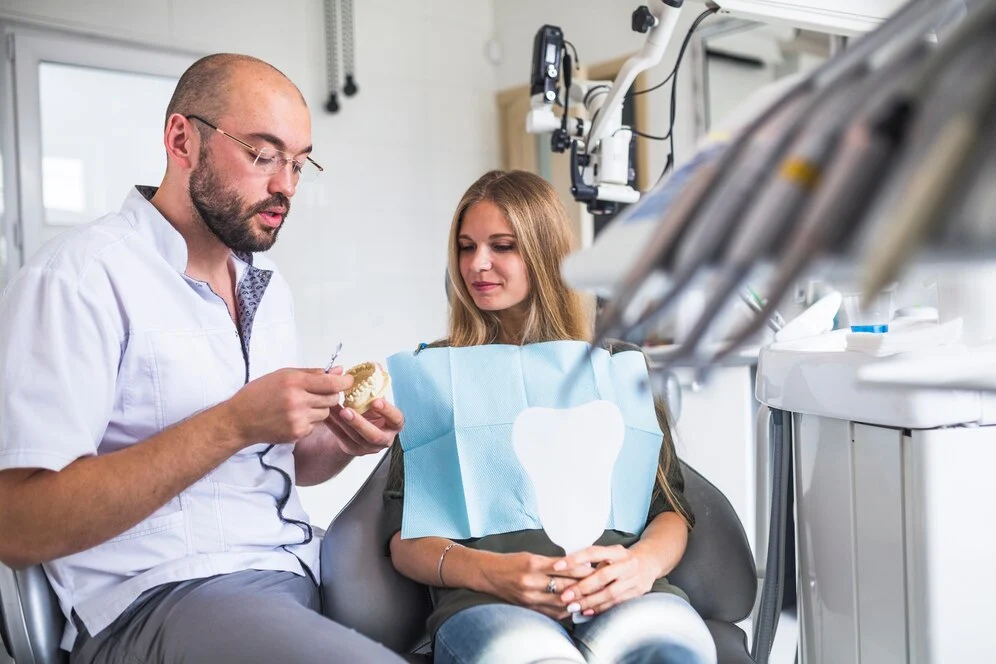
Considering the Value of Invisalign
Investing in Invisalign goes beyond just straightening teeth; it’s about improving oral health, confidence, and overall well-being.
Value of Investing in Invisalign
Invisalign offers numerous benefits beyond traditional braces, making it a valuable investment for many individuals. Firstly, Invisalign aligners are virtually invisible, allowing patients to undergo orthodontic treatment discreetly without feeling self-conscious about their appearance. This feature is particularly appealing to adults and teenagers who may feel apprehensive about wearing traditional metal braces. Invisalign aligners are removable, giving patients the flexibility to eat, drink, brush, and floss comfortably without any dietary restrictions or challenges with oral hygiene. This removable feature also means fewer restrictions on activities like sports or playing musical instruments, enhancing the overall treatment experience.
Furthermore, Invisalign treatment typically requires fewer office visits compared to traditional braces, reducing the time spent in the orthodontist’s chair and accommodating busy lifestyles. The convenience of fewer appointments and the ability to change aligners at home contributes to a more seamless treatment process. Invisalign also utilizes advanced technology such as 3D imaging and computer-aided design to create customized treatment plans tailored to each patient’s unique dental needs. This personalized approach ensures precise tooth movement and optimal results, leading to a more comfortable and efficient treatment experience.
Testimonials and Success Stories
One of the most compelling aspects of Invisalign is the abundance of positive testimonials and success stories from patients who have undergone treatment. These firsthand accounts highlight the transformative impact that Invisalign can have on individuals’ lives, both aesthetically and functionally. Patients often report increased confidence, improved oral health, and enhanced self-esteem following Invisalign treatment. They share their experiences of achieving beautifully aligned smiles and enjoying the newfound freedom that comes with straighter teeth. Hearing these testimonials can provide reassurance and inspiration for individuals considering Invisalign, helping them feel confident in their decision to invest in their smile and overall dental health.
Conclusion
Invisalign presents a valuable option for individuals seeking effective and discreet orthodontic treatment. Its innovative technology, flexibility, and aesthetic appeal make it an appealing choice for many patients. By considering the value of Invisalign, understanding its benefits, and exploring testimonials from satisfied users, individuals can make informed decisions about their orthodontic care. With proper planning, budgeting, and support from dental professionals, achieving a straighter smile with Invisalign is within reach.
FAQs
Is Invisalign treatment painful?
Invisalign treatment is generally less painful than traditional braces, but some discomfort may occur during initial adjustments.
How long does Invisalign treatment take?
Treatment duration varies depending on individual needs, but most Invisalign treatments last between 12 to 18 months on average.
Can I eat and drink normally with Invisalign?
Yes, you can remove Invisalign aligners when eating or drinking, allowing you to enjoy your favorite foods without restrictions.

